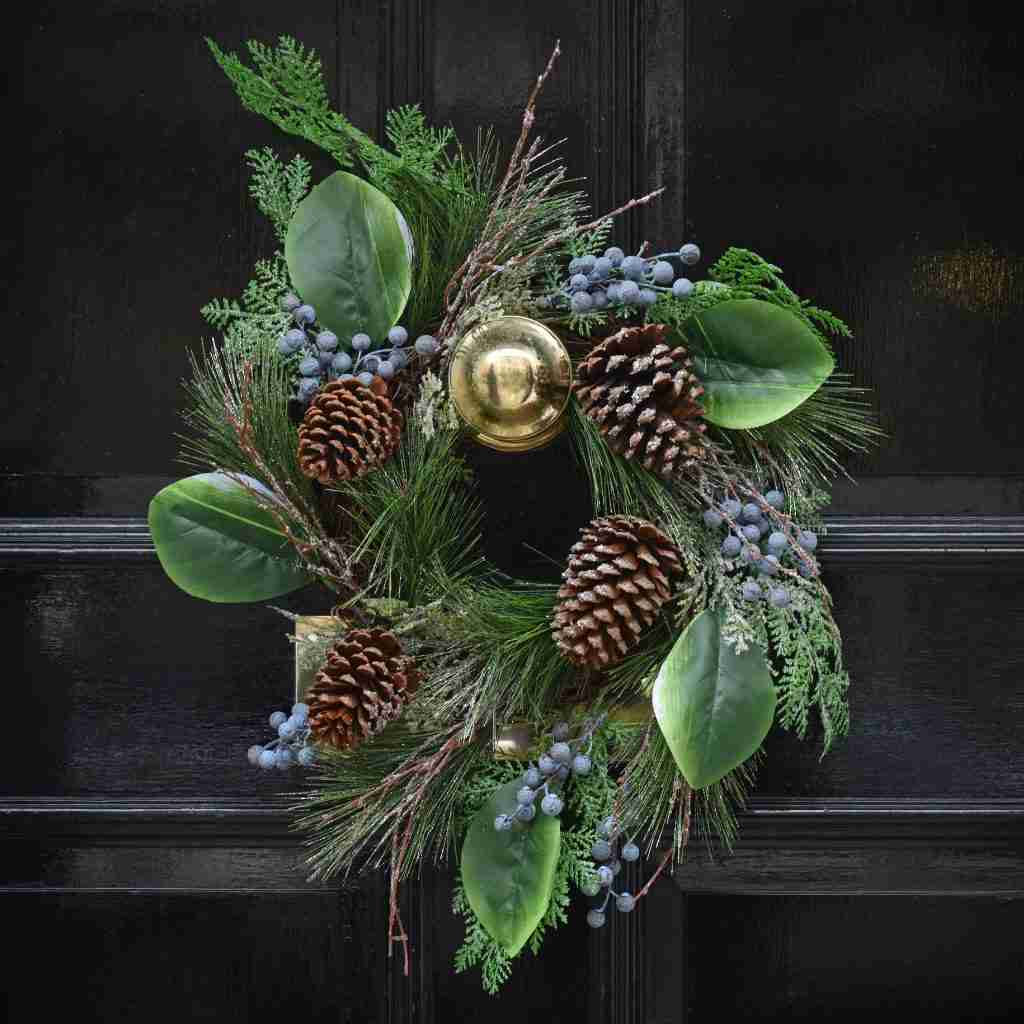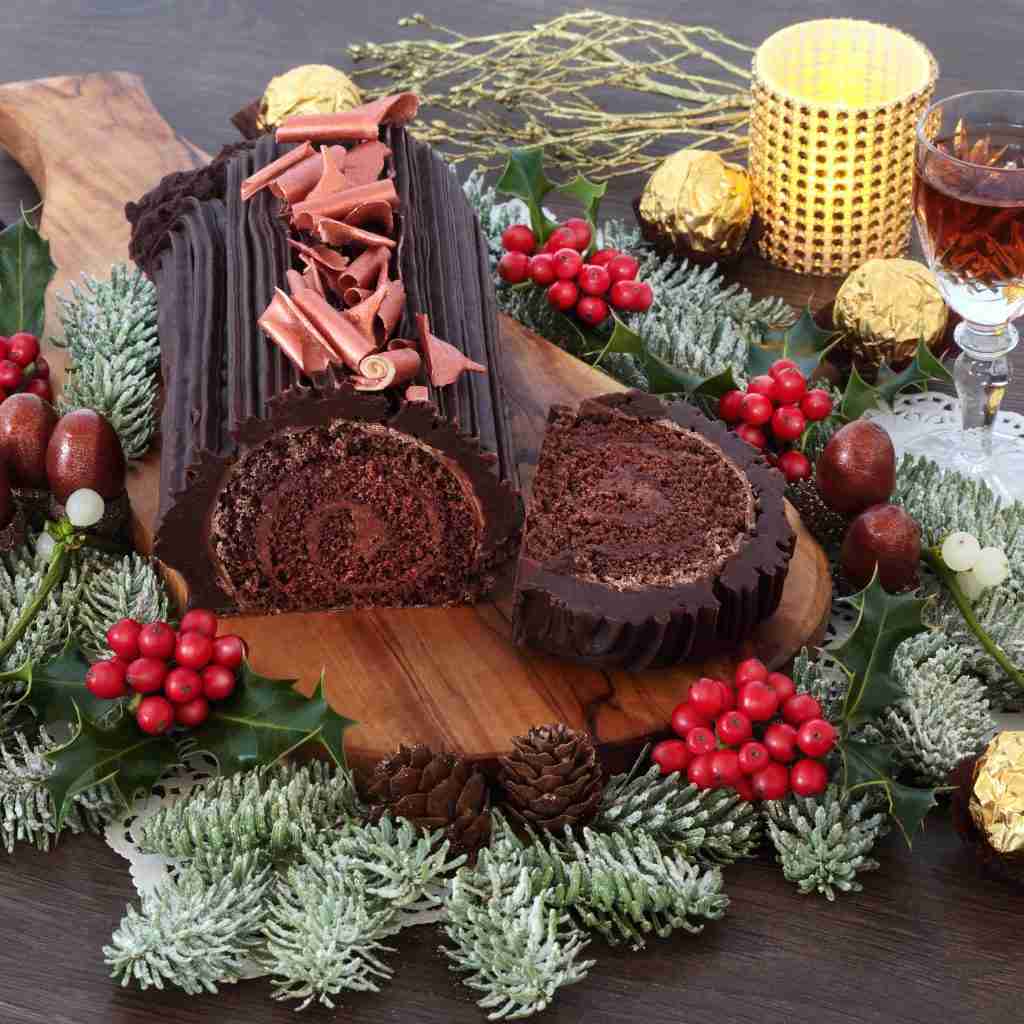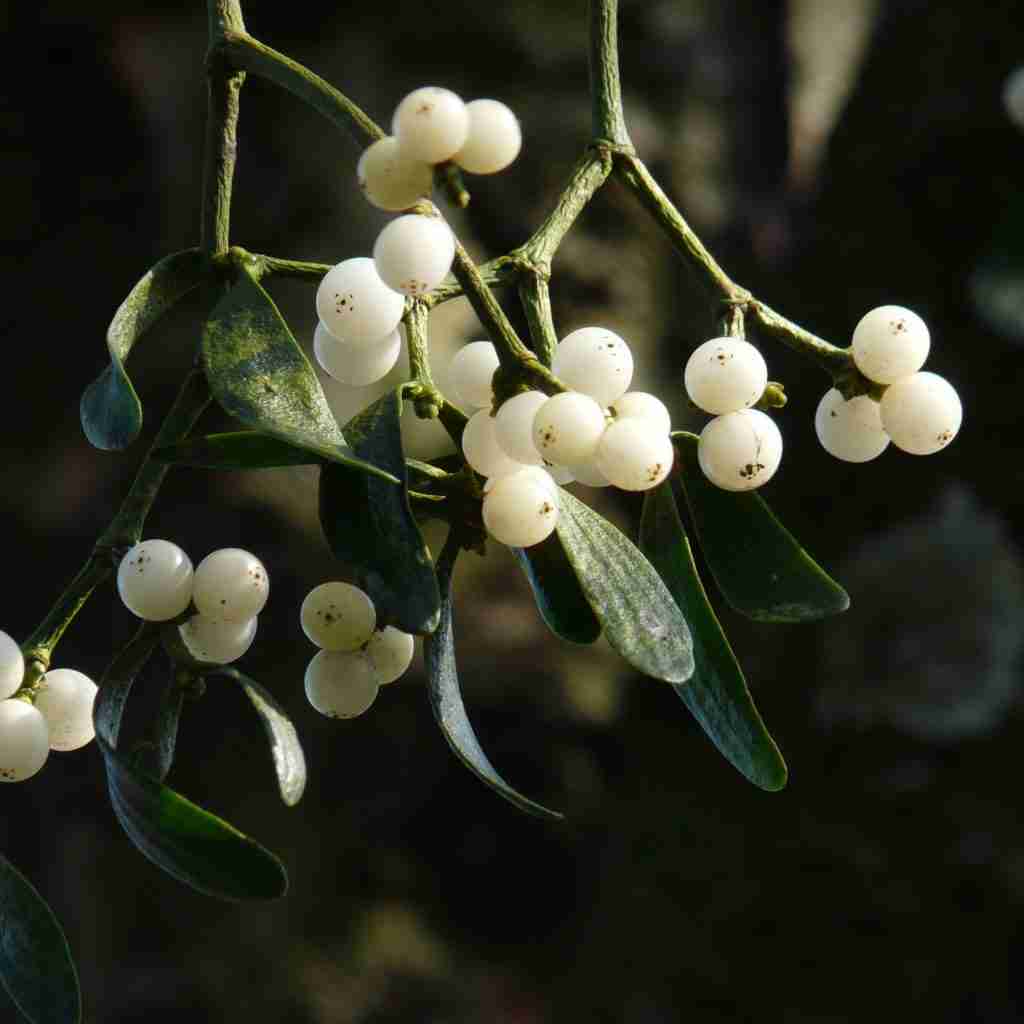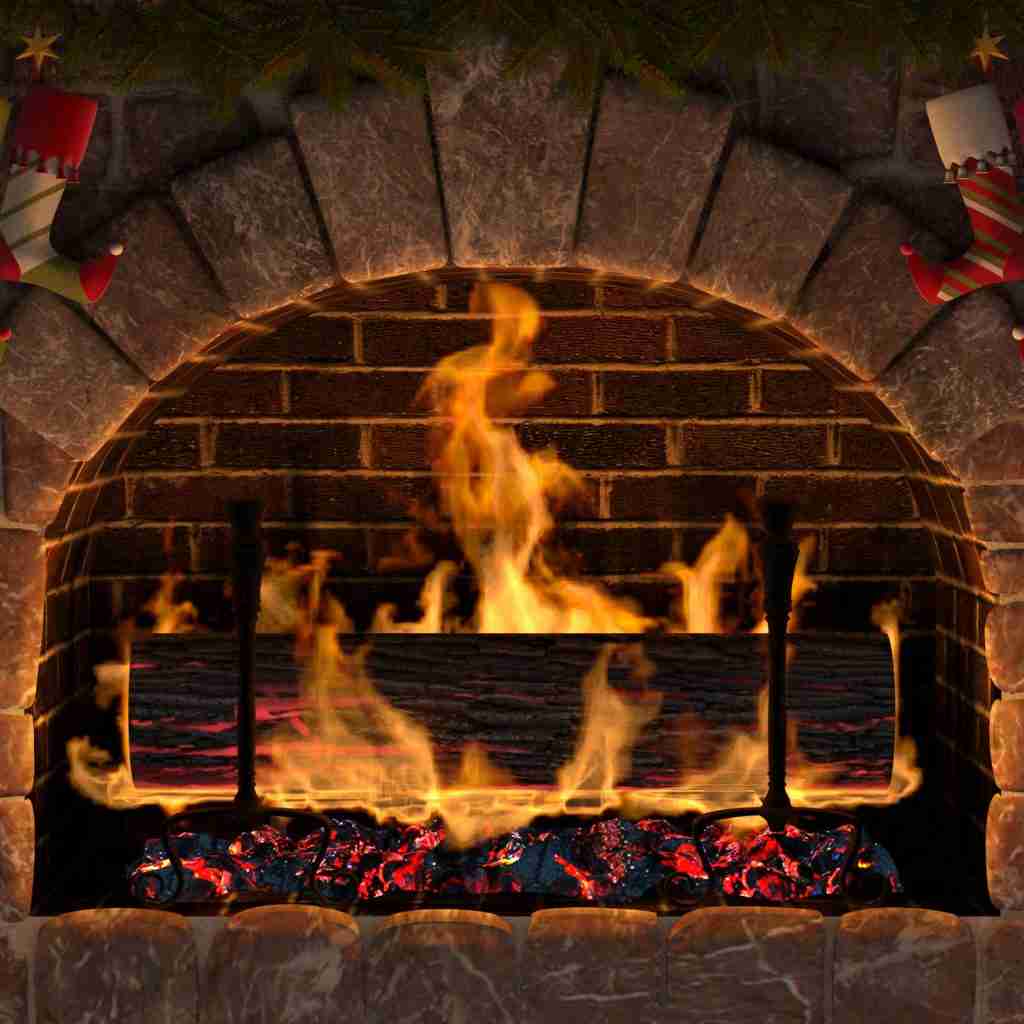The Outdoor Apothecary is reader-supported. When you buy through links on our site, we may earn an affiliate commission. Learn more
Hmmm…Why do we have Christmas trees and give presents to our loved one this time of year? Have you ever thought about this? The answer is: Yule.
It all goes back to the ancient practice of celebrating the winter solstice — a.k.a. Yule — as seen in the folklore and traditions across Northern Europe, Scandinavia, and parts of Eastern Europe. This post will dive into the origins of this pre-Christian festival and how it turned into modern day Christmas.
If you want to learn more about Yule, one of the most revered of all the pagan holidays, read on.

What is the Winter Solstice?
Solstice basically means “sun stand still”, so this is a time to stand still, to stay home and be among family.
Our ancient ancestors were much more in tuned with nature’s cycles and seasons and celebrated the date that marked the entrance of winter usually between December 21 or 22 in the northern hemisphere, and between June 20 or 21 in the southern hemisphere. The winter solstice is the day of the year with the fewest hours of daylight and marks the start of astronomical winter. After the winter solstice, days start becoming longer and nights shorter as spring approaches.
Cultures around the world have long held feasts and celebrated holidays around the winter solstice. Fire and light are traditional symbols of celebrations held on the darkest day of the year.
Today, cultures and religions celebrate holidays that originated from these ancient pagan holidays that celebrated seasonal changes such as the winter solstice.
Celebrations such as Christmas or Hanukkah come largely from pagan holidays and celebrations. We hear the echoes of pagan songs in Christmas carols like the 12 Twelve Days of Christmas, and like our ancestors we light candles and fires, decorate our homes with evergreen plants, feast, dance, and give gifts.
Because these festivities were so ingrained in many cultures, they were “adapted” by other religions to make the conversion of pagans to their religion easier. Also, as the birth of the Sun is celebrated on this holiday, Christians put this date as the birth of the child Jesus.
Whatever your religious background, Winter Solstice offers a perfect opportunity to get together with family and reflect on the year that has gone and the year to come. If your family have different religious beliefs, Winter Solstice is a good chance to be together and celebrate a non-denominational festival, a time of gratitude for Nature’s cycles.
If you want to take it as a spiritual movement beyond the astronomical, is also a moment where an internal pause arises, and where everything begins to move in another direction. It is a time that encourages healing and resurgence: as much as possible, forgiveness and vows are retaken, or simply the family is unified, but internally ties and pieces of oneself are also unified.
In recent times we seem to have lost the sense of our total dependence on the sun and of the importance of the period of rest in nature. Yet sleep is essential in spite of nature’s seemingly endless vitality. Seeds and bulbs cannot grow without a period of dormancy. The winter solstice is the time to align ourselves with the cycle of seasons, so that we could enjoy both the period of rest and the re-birth of light.

Yule
Yule, or Jól, is one of the pagan holidays or festivities that comes from the Germanic and Scandinavian peoples, which later the Celts of the British Isles began to celebrate. Thus, this pagan holiday was resumed in what we know “the wheel of the year” for the neo-pagans.
This festival was welcomed with a sacrifice in honor of Frey, the god of fertility and the rising sun. Here we celebrate the return of the sun, the rebirth and renewal (in general), as well as family, life, and fertility; it is a time of celebration, but also of introspection. It was not a single fest, but a set of festivals that lasted twelve days, beginning in the longest night of the year.
In contrast to the Samhain of the Celts, this festival was the most important for the Vikings, where they prepared great banquets full of drinks and dances and honored their gods and loved ones who were gone. It was a homelike and hospitable celebration.
It was believed that the more food and drink that was ingested, the more abundance would be received the following year. During this time, cattle and other animals were slaughtered knowing that they could not be fed during the long winter. They were used as food or as an offering to the dead and gods.
During Yule it was customary to be extra hospitable to guests and offer them your best food, drink and attention.
Yule was also a time of great reflection and a time remember loved ones. It is believed that the veil between the world of the living and the world of the dead is very thin in autumn and winter, that is to say, the dead walk among the living. So, it is not surprising that this holiday is oriented towards family and to remembering those who are no longer with us.
One Yule tradition was to leave plates of food for deceased relatives, but also in case any other spirit approached.
Yule is a festival that is also associated with fertility, not from a sexual point of view but from a spiritual one. Sacrifices were made with the awareness that all death brings a rebirth. Also, this time of “death” of the earth, is the time of rest necessary before the gestation of life, because when the snow begins to vanish, the sprouts of Mother Earth will emerge.
Since the ancients followed the rhythms of nature, this was also a time of rest for them, where they enjoyed and relaxed before starting the work of the fields when spring arrived.
It is not strange to find a festival associated with Yule, called Mōdraniht or Modranicht, which means “mother’s night”. There is not much information about the relationship between Yule and this holiday, but they took place during the same dates. And, following the line of ideas of death and rebirth, it is important to note that during the solstice the Anglo-Saxons celebrated this festival dedicated to the mothers of the tribes.
This festival celebrated the mothers who founded the tribes whether they had left the physical plane or those that are still alive, because they were the image of fertility, in some way they were the ones that protected and promoted the life of the tribe. On this holiday the goddess Frigg was honored, to whom is attributed fertility, love, home, motherhood and marriage.

Yule Traditions
Like most holidays on the calendar, Yule has deep spiritual roots that connect to the natural cycle of Winter and early Spring. This is a time for many Pagans to retreat inward (in meditation) and reflect on the passing year. Pagans celebrate their connection to each other, nature, the cycles of life and death, the God and Goddess — and so much more.
There are a number of wintry traditions that are associated with Yule. Some are deeply rooted in ancient practices, and others are more modern inventions. Let’s exploring yule traditions as well as their symbols:
The Yule Tree
This is probably the best known and most widespread: the Christmas tree. These peoples used to cut down an evergreen tree, the most iconic is the pine, or it could be fir, but the important thing is that it was an evergreen tree since it symbolized the nature that faced winter. This tree represents the Yggdrasil, the great tree in which the nine worlds are found, including the world of humans, and when bringing it home our ancestors would decorate it, just as we do today.
The Log of Yule
One of the best-known traditions associated with the celebration of this winter solstice is the burning of the Yule log. The Scandinavians had the habit of keeping a large piece of log for a whole year, burning it on the night of the solstice, and letting it burn all night. This kept away evil spirits and brought in prosperity, abundance and a good harvest for the coming year. In addition, it symbolized the sun, it was as a tribute in its absence and also to give strength at its birth. Then, the ashes that were left from the trunk were scattered around the fields, for the fertility of the land and a fruitful harvest.
Julskinka, the Yule Ham
This is a traditional dish that the Germanics prepared on the first day of Yule, it was a sacrifice presented to the god Frey to ask for his favors. This feast also had a symbolic meaning, because the wild boar is associated with Frey and his attributes: the harvest and fertility. The typical image of a wild boar with an apple in its mouth came from this tradition and was served on a gold or silver tray.
Bonfires
This is not the only holiday where bonfires are lit, as the sun is extremely important to pagan societies. They used to light bonfires, prepare banquets around them, and carry out their festivals with the warmth of the fire. They also used to dance around them and jump over them.
Yule Goat
The goat is an animal that used to be sacrificed as an offering for Thor, since there are two who drive the flying chariot of this God; on the other hand, the goat was also the animal that carried the offerings for sacrifices, or the men used its skin as a disguise for this same purpose. It later became a symbol of Christmas by transforming into an animal that carries gifts (instead offerings). This image could be related to the origin of Santa Claus.

Plants and Herbs Related to Yule
We can remember the Celtic myth of King Oak and King Holly. The young King Oak, just on the night of the winter solstice, fights against his brother King Holly and defeats him, taking away the reign of his last six months until the next solstice.
Holly
Holly is one of the most characteristic plants related to Yule and Christmas. First, it is a beautiful plant, but it is also no accident that it is associated with winter, as it is a perennial plant. With this plant, ornaments and crowns are made, but the plant is protected on many countries because it is in danger of extinction, so it is preferable to buy imitations. This plant also has medicinal uses, although it is considered toxic, and with the ingestion of a few berries (10-20) it could be fatal.
Mistletoe
This plant is commonly known as the one under which two people kiss, and its symbolism is certainly associated with love and fertility. The mistletoe was considered by the Druids a sacred and protective plant. It was believed that it helped women to get pregnant, that it protected from evil and disease, and even from lightning. It is worth mentioning that its medicinal use is more than interesting, since it is used as a complement in the cure against cancer to counteract the effects of chemotherapy. It benefits the sleep cycle, metabolism, the immune system; it is even possible to use it without having to suffer from the disease.
Juniper
Juniper has a symbolism strongly associated with protection, so much so that it is associated with exorcism. Juniper trees are planted to ward off enemies, evil spirits, disease, or anything unwanted. As medicinal properties, juniper has been used to combat depression, rheumatic pain, exhaustion, it has properties that help treat infections and inflammation, whether associated with the skin, with the stomach, or at a general level.
Cedar
The cedar tree is associated with kinder properties: it is a plant that symbolizes immortality, healing, purification, protection. Formerly it was believed that the gods lived in cedar forests, so their symbolism is associated with spirituality. Its branches are burned in cleansing or purifying rituals, and it is believed that connects with higher planes and elevates the spirit. Among its medicinal properties we see that it is sedative, it is used as an astringent, antiseptic, antispasmodic, insecticide and fungicide.
Laurel
This plant is widely used in protection, success, health and purification rituals. At the stomach level, it reduces digestion problems, gas and acidity, but it is also used to treat respiratory conditions such as bronchitis, pharyngitis, cough, even the common cold. It also has diuretic properties, which help counteract fluid retention, and this benefits a more regular menstrual cycle. And within esotericism, it is considered a protective plant that drives away evil, negative energies, curses, and is a good purifier. The laurel wreath that Caesar wore symbolized wisdom, triumph, and good fortune.
Pine
The medicinal properties of pine are used in diseases related to the respiratory tract, such as bronchitis, cough, sinusitis, cold, phlegm, it is expectorant and antipyretic. It also relieves the pain of rheumatism and external blows; and it is used to alleviate metabolic and urinal diseases. As you can see, it is a plant that is associated with healing, with life force, and immortality. Its plants are also edible (although it is preferable to be prepared by an expert).
Orange
The orange is a very lucky fruit and is deeply associated with success, fortune, money and prosperity. As it is round, it symbolizes perfection, and due to its color, it evidently brings all the symbolism of orange. The fruit and leaves of this tree bring good luck and abundance. The color coincides with many New Year’s Eve rituals, as the color orange is often used to attract all that, and even oranges and mandarins are used as decoration and in meals for their good fortune to welcome the new year. It is rich in vitamin C, so it supports the immune system and improves healing. It also helps fight anemia, and is rich in vitamin A.

12 Easy Ways You Can Celebrate Yule
The following 10 ways to celebrate during the Yule season will help you take advantage of all that this wonderful time of year has to offer.
Make plans with friends: This is a great way to get together with people who celebrate so you can share some laughs, catch up on each other’s lives, and maybe even exchange gifts!
- Make a Yule Log: Cut a log and drill three holes for green, red, and gold candles, and decorate it with things like evergreen sprigs, candles. berries, cinnamon sticks, and pinecones. Yule logs were usually burned in the fireplace to keep the home warm, but if you don’t have a fireplace you could burn it in a bonfire. After the log is burned, spread the ashes on your garden as the ancient people spread them on fields for their magical fertilizing properties, encouraging the crops to grow in the coming year. A small piece of the log was saved to use as a Yule Log the following year.
- Have a family dinner: This may be hard if you’re away from home or far from family but if you can do it, have a nice dinner with your parents or siblings. It is a lovely way to spend time together in the spirit of Yule.
- Decorate your home: Decorating for Yule is the perfect way to get everyone in the festive spirit. Start by decorating your home with beautiful wreaths and garlands made of holly or evergreens, then add candles and lights for an authentic Nordic feel. You can’t go wrong with garlands made of pinecones or evergreens or candles in simple holders like glass jars or mason jars around every window. If you want to decorate with candles, be sure you’re doing it safely!
- Go caroling: Go caroling at houses in your neighborhood in honor of Yule.
- Make a donation: Make a donation to your favorite charity in honor of Yule. If you don’t know of any charities that need donations, consider making a donation to a food bank in honor of Yule’s Pagan origins and giving thanks for the abundance of food we have in the United States.
- Take a walk in nature: There is strong evidence of a correlation between spending more time outdoors and being in a better frame of mind. Nature inspires us, cleanses our minds and soul and lifts our spirits.
- Make an herbal tea, cocoa, eggnog, mulled cider, or wassail. Warm yourself from the inside out with some traditional holiday drinks.
- Light a candle: Light candles in your home and be present in the moment as you do so. This is an easy way to bring some peace and calm into your home during this crazy time of year, and to reflect on the coming days of more light.
- Exchange Nature Based or Handmade Gifts: Give a small handmade wreath, beautiful crystals, a plant-based candle, or even seeds. (And if that’s not practical, do try to shop sustainably.)
- Decorate a Yule Tree: Decorate a tree (real or artificial). It’s no secret that trees are sacred to Pagans: they are the ultimate symbol of nature and life itself! They can be decorated in many different ways: with lights and twinkling ornaments; strings of popcorn; pinecone garlands; balls of yarn; homemade decorations made out of construction paper or felt; etc.
- Make a Wreath: Wreaths are symbolic of the Wheel of the Year, a pagan calendar marking the year’s solstices and equinoxes, and representing nature’s cycles and seasons.
Bibliography
Correspondencias de Yule. From Tronco de Yule: https://www.troncodeyule.com/correspondencias-magicas/#2-hierbas-para-yule
Clover-Jones, M. (2000). Manual de la bruja moderna. Barcelona: Editorial Ambar.
Eledelis (2013). Yule o la Navidad de los Vikingos. From The Valkyries Vigil: https://www.thevalkyriesvigil.com/yule-o-la-navidad-de-los-vikingos/
Farrar, J. & S. (2005). La biblia de las brujas, Tomo I. Madrid: Equipo difusor del libro.
Mitología nórdica. From Infolibros: https://infolibros.org/pdfview/10618-mitologia-nordica-ies-jovellanos/
Thompson, A. (2019). The Many Stories Behind the Origins of Yule. From Mental Floss: https://www.mentalfloss.com/article/610507/history-of-yule
Torrademé, R. (2015). Mōdraniht o la noche de las madres. From Cultius Culturals: https://cultiusculturals.wordpress.com/2015/12/16/modraniht-o-la-noche-de-las-madres/
Wigington, P (2019). History of Yule. From Learn Religions: https://www.learnreligions.com/history-of-yule-2562997
As an Amazon Associate, I earn from qualifying purchases.

